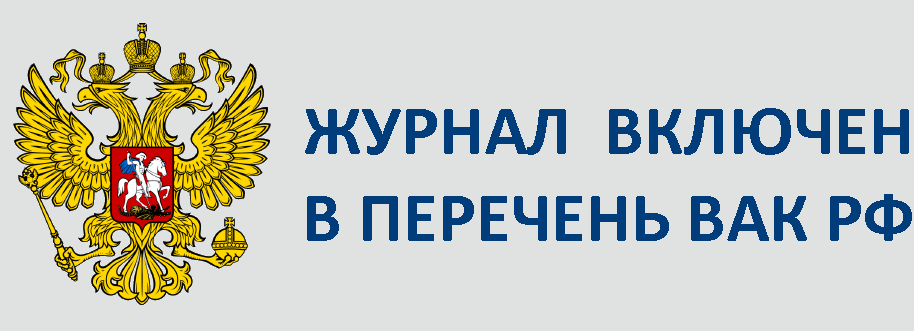№3-2023-14
№3-2023-14
УДК 902(470)»880/999″
DOI: 10.22281/2413-9912-2023-07-03-137-142
Шинаков Е.А.,Федосов А.В.
АРХЕОЛОГИЧЕСКИЕ ПРИЗНАКИ КРИЗИСНЫХ СИТУАЦИЙ НА РУСИ IX – X ВВ. В СОВРЕМЕННОЙ УКРАИНСКОЙ ИСТОРИОГРАФИИ
В статье говорится о кризисных ситуациях на Юге Руси, которым посвящены работы украинских археологов и историков последних десятилетий. Таких ситуаций, нашедших отражение как в археолого-нумизматических материалах, так и в современной украинской историографии, было четыре. Это: 1) события середины IX в., отразившиеся в гибели нескольких раннероменских (волынцевских) городищ (Битица и др.), либо в результате междоусобий в Хазарском каганате, либо вторжении венгров, либо норманнов; 2) конца IX в., отраженные в кладах и связанные с присоединением Олегом южной части восточнославянских земель к Руси; 3) середины X в., отразившиеся в смене денежно-весовой системы на Юго-Востоке Руси и связанные с отделением от нее земель северян, вятичей, части радимичей после древлянского восстания и гибели князя Игоря; 4) конца X в. – начала XI в. (гибель части роменских городищ, клады, отразившиеся в погребальном обряде и инвентаре гибель части военизированного населения и этносоциальные трансформации), т.е. присоединение всех южно-восточнославянских «племен» к Руси при Владимире Святом и связанные с этим изменения. Украинская историография сдержит наиболее интересные материалы и идеи по первому и четвертому периодам, о втором почти не говориться, третий представлен, но гораздо слабее, чем в синхростадиальной российской историографии.
Ключевые слова: археология, историография, Древняя Русь, украинская историография Древней Руси, конфликты и войны.
Shinakov E.A., Fedosov A. V.
ARCHAEOLOGICAL EVIDENCE OF CONFLICTS IN THE NINTH AND TENTH CENTURIES RUS’ IN THE MODERN UKRAINIAN HISTORIOGRAPHY
The article refers to the crisis situations in South Rus’, which are studied in the works of Ukrainian archaeologists and historians in recent decades. There were four such situations, reflected both in the archaeological and numismatic materials, and in modern Ukrainian historiography. These are: 1) the events of the mid-ninth century, reflected in the destruction of several early-Romny (Volyntsevo) settlements (Bititsa etc.), either as a result of feuds in the Khazar Khaganate, or invasions of the Hungarians, or Normans; 2) the late ninth century, reflected in hoards and connected with the joining of the southern part of the East Slavic lands to Rus’ by Oleg; 3) the mid-tenth century, reflected in the change of the monetary and weight system in Southeastern Rus’ and associated with the separation of the Severians’, Vyatichi’s and part of Radimichs’ lands after the Drevlians’ rebellion and Prince Igor’s death; 4) the end of the ninth century and the beginning of the eleventh century (the demise of some Romny sites, hoards, reflected in the funeral rites and inventories death of a part of the paramilitary population and ethno-social transformations), that is joining of all the South-Eastern Slavic “tribes” to Rus’ under Vladimir the Holy and the changes connected with it. Ukrainian historiography holds the most interesting materials and ideas on the first and fourth periods, the second is almost not mentioned, the third is presented, but much weaker than in the synchrostadial Russian historiography.
Keywords: archaeology, historiography, Ancient Rus’, Ukrainian historiography of Ancient Rus’, conflicts and warfare.
Брянский государственный университет имени академика И.Г. Петровского (Россия)
Academician I.G. Petrovskii Bryansk State University (Russia)
Это произведение доступно по лицензии Creative Commons «Attribution-ShareAlike» («Атрибуция — На тех же условиях») 4.0 Всемирная






